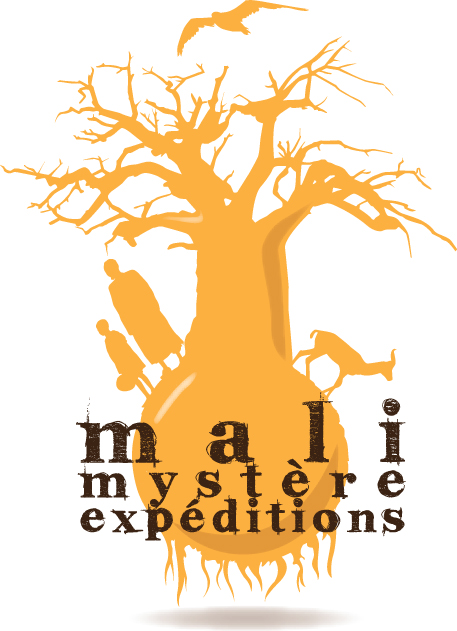Behind the young and modern Democratic Republic of Mali lies an ancient history. All regions display traces of the great empires that reigned, one after the other, in West Africa.
Mali gained independence from France on September 22, 1960. Initially a socialist one-party system, today Mali is a democratic republic.
Located in the heart of West Africa, the area of Mali is 1,241,000 kilometers² and the country has no access to the sea. Most of Mali’s international commerce passes through the ports of Dakar (Senegal) and Abidjan (Ivory Coast), both approximately 1,200 km from Bamako, Mali's capital city. The population density, 9.6 inhabitants/km², is one of the lowest in the world.
Mali has eight administrative regions, each named for the capital city: Kayes, Koulikoro, Sikasso, Segou, Gao, Timbuktu and Kidal, as well as the capital district of Bamako.
The population is estimated to be 13.9 million inhabitants, 71% living in rural areas. 49% of the population is younger than 15 years old. Many ethnic groups live together in Mali: Bambara (35%), Fulani (12%), Tuareg and Moor, Senufo, Sarakole, Songhai, Malinke, Bobo, Minianka, Toucouleur, Somonono, Bozo, Bella, and Dogon, are a few of them.
French is the official language, although Bambara is spoken by approximately 60% of the population. There are 20 official languages in Mali and hundreds of local and tribal dialects.
Mali is a secular country where 90% of the population is Muslim, 8% animist, and 2% Christian, but elements of animism remain widespread. Malians are proud of their traditions of religious tolerance and outstanding hospitality to visitors.
Mali has four UNESCO World Heritage Sites: Dogon Country on the Bandiagara Escarpment, the cities of Timbuktu and Djenne, and the Tomb of Askia in Gao.
Terrain
90% of Mali is made up of vast plains and low plateaus, with elevations up to 300 m. There are massive mountains which stand in the middle of these flat stretches, such as the Mandingo Mountains, Adrar des Iforas and the Bandiagara escarpment. The highest point is the Hombori Tondo (1155 m) located in the central part of the country.
Climate
Within the Sahara Desert in the north and sub-tropical forests in the south, there are clear seasonal variations in Mali. What appears to be desert through the dry and hot seasons will turn to fields of tall millet and cotton shrubs during the rainy season.
The rainy season, June to October, is the period of agricultural activity. The Niger River is navigable, and the landscape is transformed by greenery. Temperatures are bearable (average 25° C / 77° F). The cool season, November to February, is the ultimate tourist season when all tracks are passable. A relative cool reigns over the whole country (average 18°-20° C / 65°-70° F ). The hot, dry season, March to June, is the period of highest temperatures (average 38°-40° C / 100°-105° F).
Natural Resources
Cotton, shea butter, and minerals are the major exports of Mali. Malian musicians are vital to daily living in Mali, and the unique instruments, melodies, rhythms, and harmonies have received world-wide acclaim.
Wildlife
Mali hosts the northernmost herd of African elephants who travel a 300-mile circuit following the sources of water through the year. The Niger River is home to a population of hippopotami and a delicious species of fish - the Nile perch, Capitaine.
Crafts
In Mali, you will find a wide range of handicrafts:
- Jewelry of many styles and materials, including: ebony, silver, wire and bone, leather, brass, semi-precious stones, and bright colors.
- Hand woven and machine made textiles. You will find tie-dyed, finely machine-made cotton called bazin; infinite, brightly colored prints in machine-made cotton for daily use; hand spun cotton woven into strips and assembled into indigo-dyed blue fabrics; and the famous bogolan, mudcloth made with natural cotton, herbal dyes and fermented mud from the Niger River.
- Useful goods made from camel and goat leather, hand woven baskets, terra cotta kitchen dishes with unique fire markings, wood statues representing mythical figures, replicas of ceremonial masks, novelty items made from recycled objects, hand-made musical instruments, stories and proverbs presented in calligraphy, and brass and wrought iron tools and decor.

